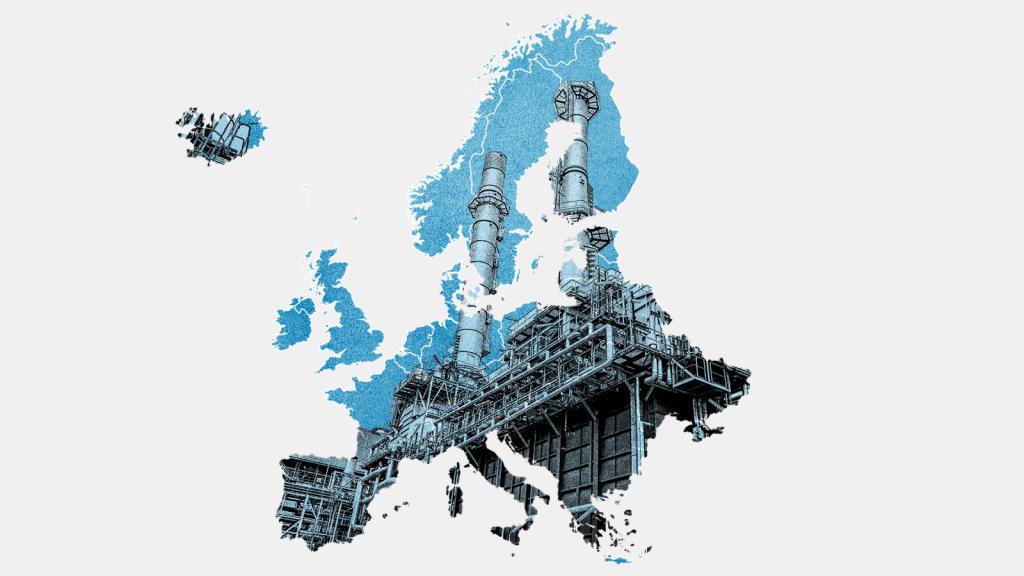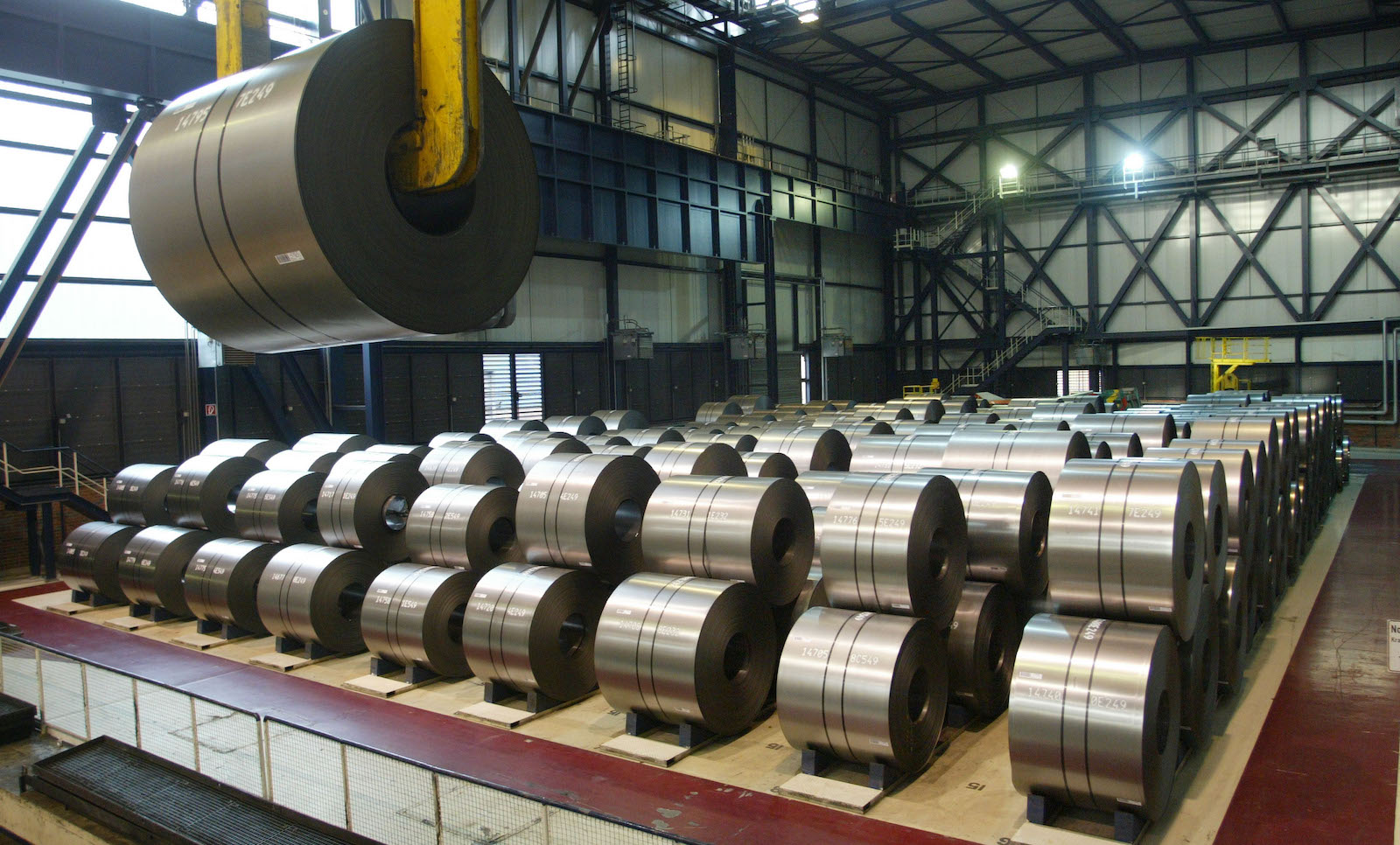The industrial sector is responsible for about a third of U.S. greenhouse gas emissions, but solutions for reducing its footprint have not received nearly as much funding or attention as efforts to clean up electricity or transportation. Now President Joe Biden wants to use the federal government’s $650 billion in purchasing power to build a market for cleaner manufacturing.
The Biden administration announced on Tuesday a multi-pronged strategy for cleaning up the production of steel, cement, aluminum, and other carbon-intensive materials. The plan includes the creation of a new Buy Clean Task Force that will develop recommendations for identifying low-carbon steel and concrete for federally funded construction projects and launch pilot programs to boost the purchase of clean construction materials. It will also engage with manufacturers to improve reporting of the lifecycle emissions of their products.
Experts are hopeful that the programs and plans laid out on Tuesday will provide much-needed clarification and guidance on what “low-carbon” materials or “buying clean” actually mean. Steel and cement are two of the most challenging industries to cut carbon from — unlike gasoline-powered cars, they have no cleaner alternatives, so reducing emissions means innovating new ways to make them. But it’s not yet clear whether “clean” means that manufacturers simply eliminate the lowest-hanging fruit emissions or go after steeper reductions.
Sasha Stashwick, an industrial decarbonization expert and senior advocate at the Natural Resources Defense Council, said that a number of states and companies are already experimenting with “buy clean” policies, which risks creating a patchwork of different requirements that manufacturers have to navigate.
“This is not actually an area where we want to see 1,000 flowers bloom,” she said. “This is a uniquely appropriate role for the federal government to step in to define, how are we going to collect this data? How are we going to make this data transparent? How are we going to build integrity into the system?”
Tuesday’s announcement doesn’t begin to answer those questions, but it does set in motion a plan that might. In addition to the new task force, the administration announced a new Embodied Carbon Working Group at the Department of Transportation that will measure the lifecycle emissions of materials used in agency projects and take steps to lower them. And the Environmental Protection Agency will incorporate standards for carbon intensity in certain Energy Star products.
Meanwhile, the General Services Administration, the agency that constructs and oversees the government’s buildings, will write new standards for low-carbon concrete and sustainable asphalt to be used in border station projects funded by the bipartisan infrastructure law that was passed last fall. The White House noted that this may include requiring the use of concrete with at least a 20 percent lower carbon footprint.
The infrastructure law contains more than a trillion dollars for investments in roads, bridges, tunnels, highways and transit. Stashwick said that even a 20 percent emissions reduction for the materials used across these projects will ultimately add up to much bigger carbon reductions across the economy. Once manufacturers change their products and processes to win public infrastructure bids, they’ll be ready to sell those new low-carbon materials to the wider market. “Those indirect benefits are multiples of the direct greenhouse gas savings that we expect to see from the federal government’s procurement,” she said.
The actions announced this week also include new details on programs created by the bipartisan infrastructure law to grow the domestic production and use of clean hydrogen fuel — a promising replacement for natural gas and coal in heavy industries like steelmaking. The Department of Energy issued a request for information on Tuesday to kick off an $8 billion program to develop four clean hydrogen “hubs” where hydrogen will be produced either using renewable electricity, natural gas with carbon capture, or nuclear energy. The agency will spend another $1 billion to support research and development for hydrogen produced from clean electricity.
Many environmental advocates have come out against carbon capture, arguing that it will entrench the use of fossil fuels and increase non-carbon pollution. The Biden administration, which sees carbon capture as an essential solution to tackle climate change, is trying to quell those concerns with new federal guidance for agencies to develop projects “responsibly.” A draft version of that guidance was published Tuesday, with an emphasis on meaningful community engagement, transparency, and pollution reduction measures.
The administration also wants to develop a social science research agenda that can help “build the consensus necessary” to transform the economy at the speed and scale required to tackle climate change. Infrastructure projects can be held up for years by community opposition.
“I was so excited to see that,” said Rebecca Dell, director of the industry program for the ClimateWorks Foundation, a philanthropic organization. “The social, political, and economic barriers are at least as important as the technological ones, and get way less attention.”
When asked what was missing from Biden’s strategy, Dell said that she’d like to see the creation of a high-ranking government position tasked with overseeing the country’s industrial strategy. “It’s really hard to have vision and move toward that vision if you don’t even have stable leadership that has the prestige, the decision-making authority, the status within the government to actually make it happen,” she said.



